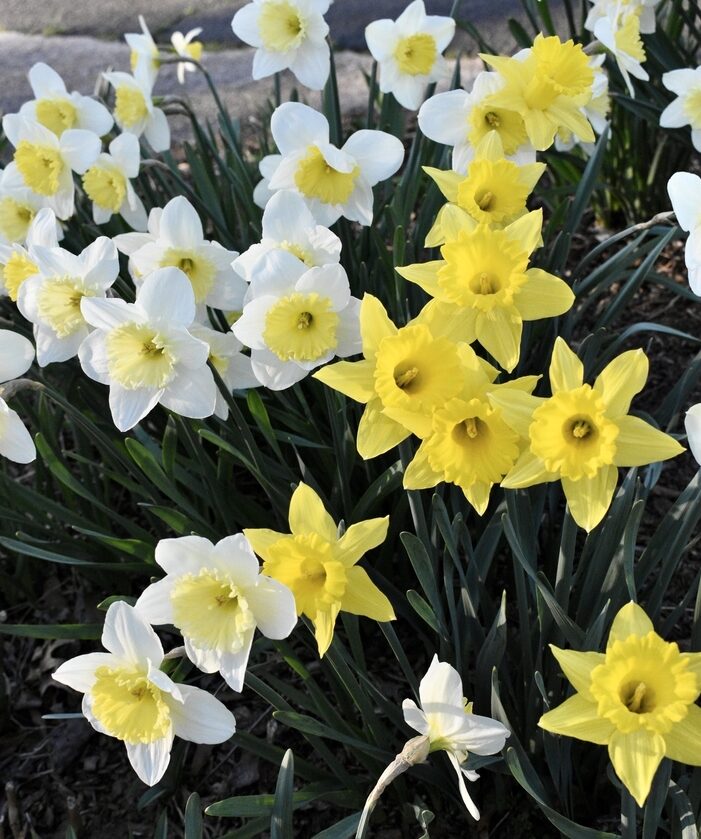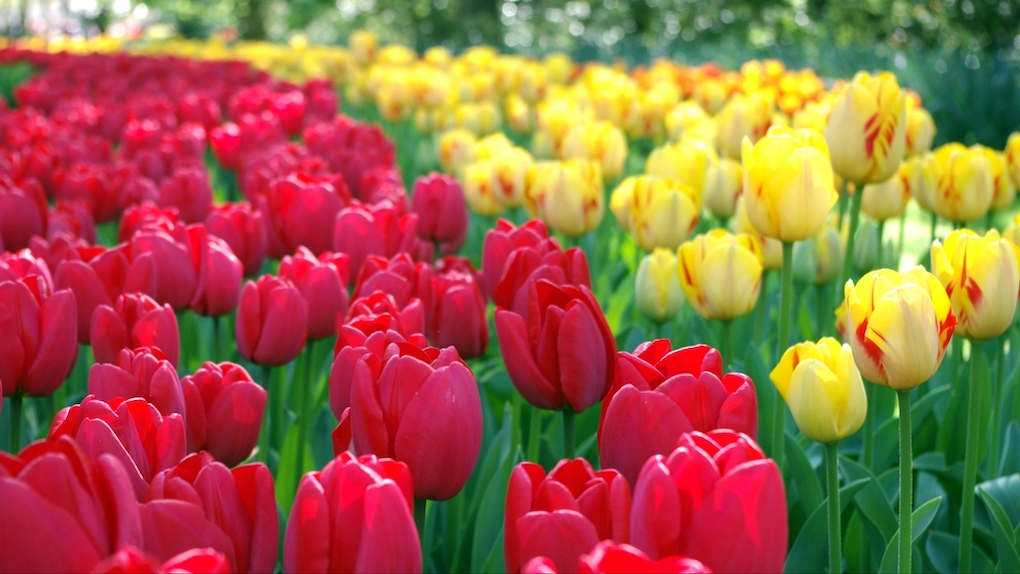Spring Flowering Bulbs
go.ncsu.edu/readext?972025
en Español / em Português
El inglés es el idioma de control de esta página. En la medida en que haya algún conflicto entre la traducción al inglés y la traducción, el inglés prevalece.
Al hacer clic en el enlace de traducción se activa un servicio de traducción gratuito para convertir la página al español. Al igual que con cualquier traducción por Internet, la conversión no es sensible al contexto y puede que no traduzca el texto en su significado original. NC State Extension no garantiza la exactitud del texto traducido. Por favor, tenga en cuenta que algunas aplicaciones y/o servicios pueden no funcionar como se espera cuando se traducen.
Português
Inglês é o idioma de controle desta página. Na medida que haja algum conflito entre o texto original em Inglês e a tradução, o Inglês prevalece.
Ao clicar no link de tradução, um serviço gratuito de tradução será ativado para converter a página para o Português. Como em qualquer tradução pela internet, a conversão não é sensivel ao contexto e pode não ocorrer a tradução para o significado orginal. O serviço de Extensão da Carolina do Norte (NC State Extension) não garante a exatidão do texto traduzido. Por favor, observe que algumas funções ou serviços podem não funcionar como esperado após a tradução.
English
English is the controlling language of this page. To the extent there is any conflict between the English text and the translation, English controls.
Clicking on the translation link activates a free translation service to convert the page to Spanish. As with any Internet translation, the conversion is not context-sensitive and may not translate the text to its original meaning. NC State Extension does not guarantee the accuracy of the translated text. Please note that some applications and/or services may not function as expected when translated.
Collapse ▲There is a wide range of Narcissus that is grown commercially. The so-called hardy types are generally called “Daffodils” or “Jonquils;” while the tender types are called “Paperwhite” or “ Tazetta” Narcissus. Flower sizes can range from one to five inches in diameter, depending on the cultivar. Some cultivars have multi-flowered inflorescences. Flowering periods are cultivar and weather dependent. Therefore, there is Narcissus for almost all garden and landscape uses.

Narcissus Daffodils by Cathy Dewitt, via CC BY 4.0 .
The first thing you need to do before planting bulbs is a soil test. Our soil pH in this area tends to be acidic. If narcissus is grown in acidic soils, they tend to display a calcium deficiency. The optimal pH for most bulbs is 5.8 to 6.5. Anything below 5.8 would be considered too acidic. Therefore, lime must be applied according to soil test recommendations. Bulbs should be planted in a well-drained soil as well. If the soil does not drain then the bulbs have a tendency to rot. The cultivar and the size of the bulb determines the depth at which to plant the bulb. Generally small narcissus bulbs are planted 3-4 inches deep. Tulips, for example, are larger bulbs and should be planted four to five inches deep.
At planting in late November, the bulbs should be fertilized with a complete fertilizer such as 10-10-10. Then they should be fertilized again when they begin to break the ground in the spring. Four pounds of fertilizer per 100 sq. ft. will be adequate in both the fall and spring for yearly maintenance of the bulbs. Bulb booster can be used at either time if it is available.
Narcissus are poisonous to animals, even humans. Therefore, most animals do not disturb them. Occasionally, squirrels can dig them up, especially when the flower bed has just been planted. If you have problems with voles and you are planning to plant different types of bulbs in the bed then add gravel or brick chips to the soil at planting to deter the critters.
There are many factors that contribute to the failure of Narcissus to flower after growing in the garden for a few years: poor drainage, acidic soil, high salt (fertilizer) content in the soil which burns the roots, competitive tree roots, low light levels, foliage was removed too early, or drought.

Yellow and red tulips by Marta-m8, via CC BY-NC-ND 2.0.
Tulips have the same maintenance requirements as Narcissus. However, tulips are often planted as annuals unless a perennialized cultivar is planted. Some perennialized cultivars include: Oxford, Parade, Beauty of Apeldoorn, Golden Parade, Monte Carlo, and Don Quichotte. Other spring flowering bulbs that you can plant include Galanthus spp. (Snowdrops), Muscari (grape hyacinths), or Scilla. If you bought bulbs earlier than November, store them in a cool, dry area with good air circulation and temperatures maintained at 55-65 degrees.
If you have other questions regarding bulbs feel free to contact the N.C. Cooperative Extension, Franklin County Center at 919.496.3344 or visit our website.




